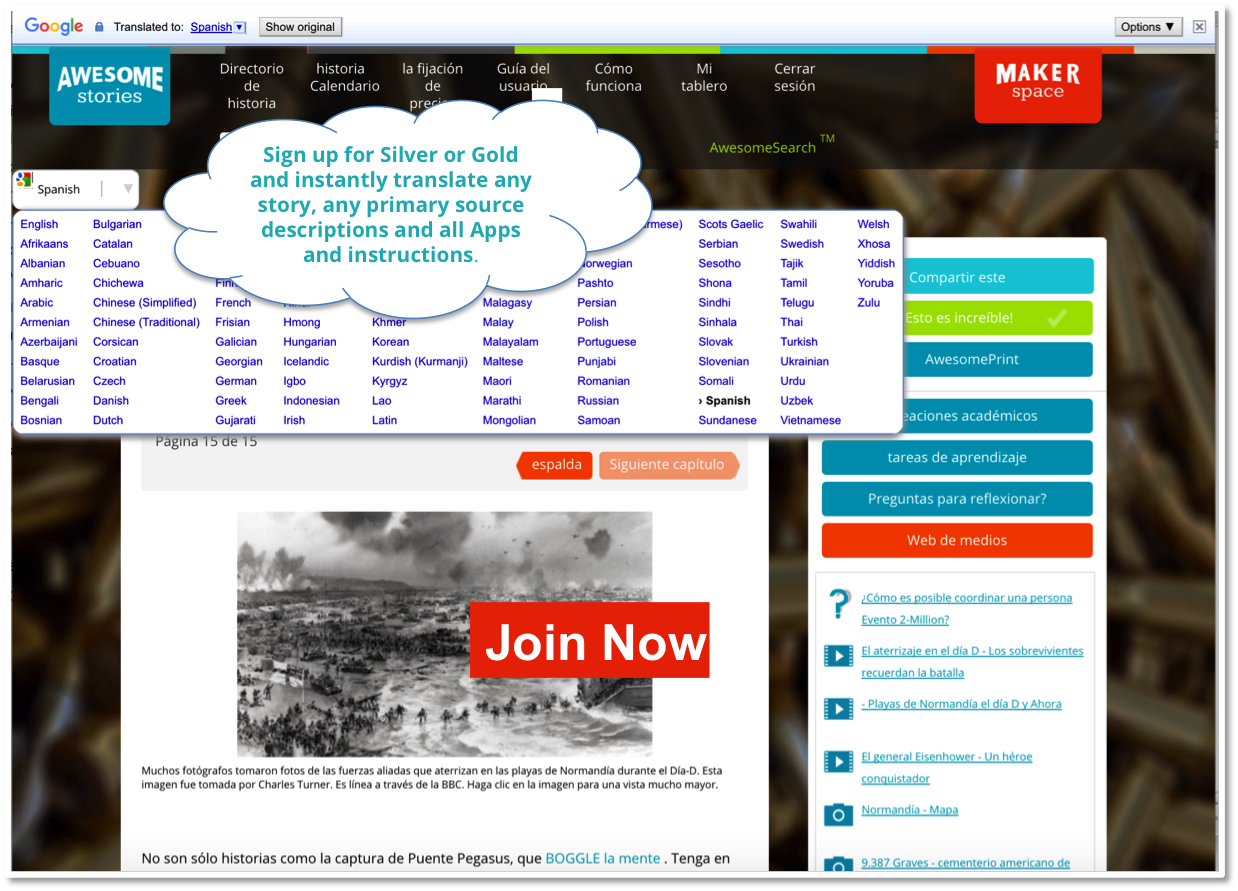Dr. Frederick Banting was a young Canadian doctor who discovered how to treat Type-1 Diabetes, a disease for which there is still no-known cure. At the time of his initial work, however, he did not have a lab of his own in which to conduct his studies and experiments.
Dr. John J.R. Macleod allowed Dr. Banting to use a lab at the University of Toronto to test his ideas. After that happened, research into the potential treatment of diabetes moved quickly forward.
Just a few months later, Banting and his assistant (Charles Best) were already seeing results.
Macleod doubted that so much progress could be made so quickly. Were the results accurate?
We learn more from "A Science Odyssey" at PBS:
In May, 1921, as Macleod took off for a holiday in his native Scotland, Banting and his assistant Charles Best began their experiments. By August they had the first conclusive results: when they gave the material extracted from the islets of Langerhans (called "insulin," from the Latin for "island") to diabetic dogs, their abnormally high blood sugars were lowered.
Macleod, back from holiday, was still skeptical of the results and asked them to repeat the experiment several more times. They did, finding the results the same, but with problems due to the varying purity of their insulin extract.
Before anyone could begin trials with humans, more work had to be done:
Macleod assigned chemist James Bertram Collip to the group to help with the purification. Within six weeks, he felt confident enough of the insulin he had isolated to try it on a human for the first time: a 14-year-old boy dying of diabetes.
The injection indeed lowered his blood sugar and cleared his urine of sugars and other signs of the disease. Banting and Best published the first paper on their discovery a month later, in February, 1922 ...
By 1923, the impact of Banting's original idea—and the expansive work performed by the Banting-Macleod team—had changed the world for people suffering with Type 1 diabetes. Both men won the Nobel Prize for Medicine, in 1923.
Banting insisted that Best should have shared the honor and gave his assistant half of his prize money. Macleod shared his proceeds with JB Collip.
Today it seems nearly incomprehensible that Banting's original idea produced results so quickly, especially considering the time it took to analyze proper dosages:
The discovery of insulin was one of the most revolutionary moments in medicine. Though it took some time to work out proper dosages and to develop manufacturing processes to make enough insulin of consistent strength and purity, the introduction of insulin seemed literally like a miracle.
One year the disease was an automatic death sentence; the next, people - even children - had hopes of living full and productive lives even with the disease. Estimates show there are more than 15 million diabetics living today who would have died at an early age without insulin.
See, also:
Insulin - A Life-Saving Discovery (part 1 of this interview)
Media Credits
Part 2 of Dr. Liston's interview - "Talk about Insulin" - with Dr. Charles Best and Dr. R.D. Lawrence.
"From the Film Library - British Medical Association and British Life Assurance Trust for Health Education," online via YouTube. Filmed in July 1959; funded by the British Insulin Manufacturers Association. Online, courtesy Archive.org.



